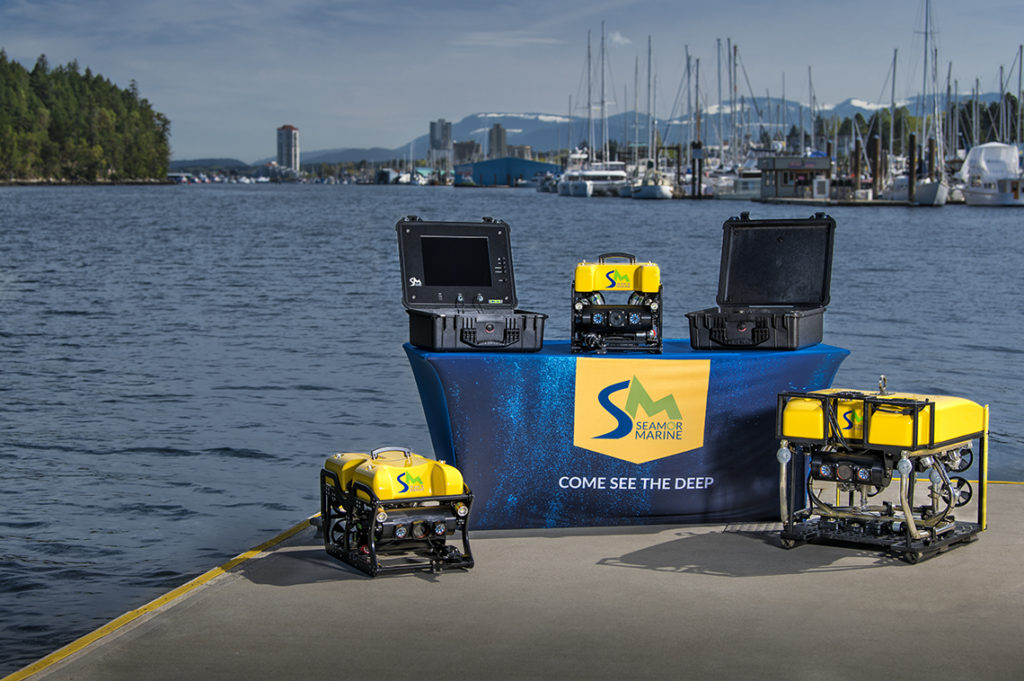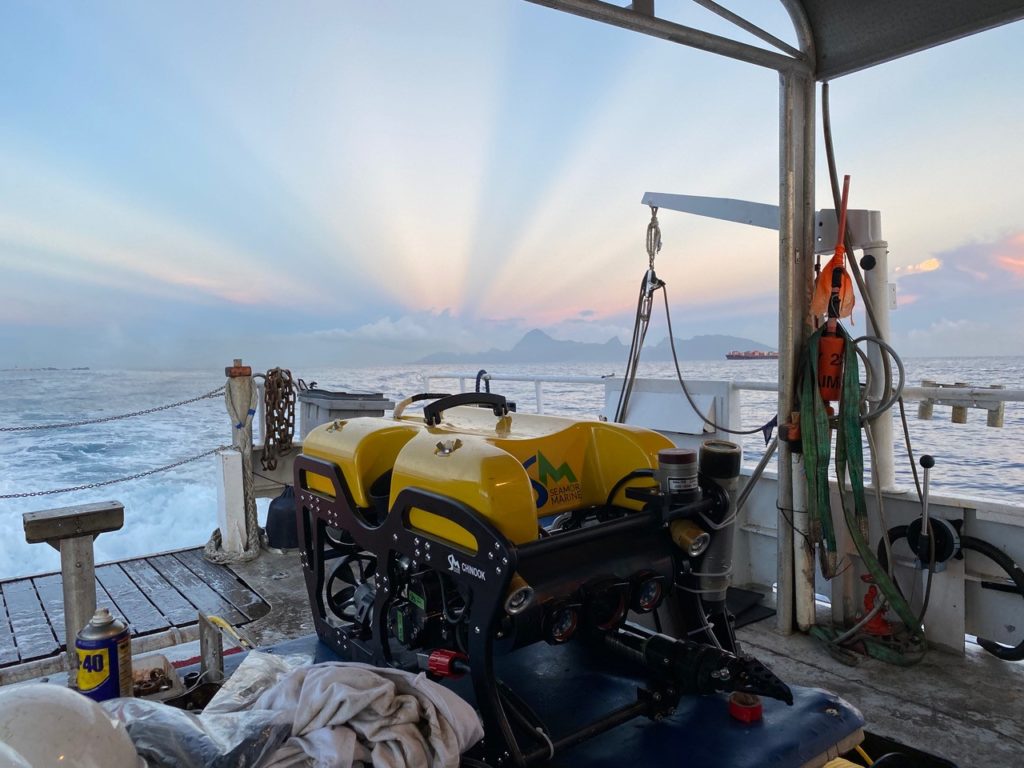Indeed, every underwater mission for Remotely Operated Vehicles (ROVs) is unique and requires a tailored approach. The impact factors when deploying an ROV vary depending on the specific task and the environment in which your ROV operates. However, there are some common factors that are typical of all missions. Here is a short list of concerns to address in your ROV mission preparation.
Mission Prep
- Water depth: The water depth at the site of the mission is an important factor to consider. Different ROV models are designed to operate in different depth ranges. Choose an ROV that is suitable for the specific depth range of the mission. Additionally, how deep and hw far your ROV needs to go can impact your choice of tether.
- Water visibility: The water visibility at the site of the mission can also impact the effectiveness of the ROV. Poor visibility can make it difficult for the ROV to see and navigate the underwater environment. It is important to choose an ROV with the right cameras and lights to improve visibility. Perhaps it is worth getting a sonar if you have to work in consistently murky waters.
- Water currents: Strong underwater currents can make it challenging for the ROV to move and maintain position. Your ROV needs to be robust and stable to handle different current conditions. All this, while still easy to control and reliable enough to complete the task. Check out this case study of our Steelhead ROV in action at a dam.
- Underwater obstructions: The presence of underwater obstructions, such as rocks, coral, or debris, can impact the mobility of the ROV and make it more difficult to maneuver. Assess the presence of any underwater obstructions at the site of the mission and choose an ROV equipped to handle them. Same for tunnels and tight spaces, can your ROV fit and can you maneuver it in those spaces?
- Task requirements: The specific requirements of the task, such as the size and weight of the equipment that needs to be transported, the need for manipulator arms or other specialized tools, and the type of data or samples that need to be collected, can all impact the choice of ROV and its configuration. SEAMOR ROVs are uniquely adapted to handle a wide variety of tasks thanks to their modular build. But, we too, as any other ROV, need to balance the payload of your chosen accessories. Know what you want your ROV to do BEFORE you even purchase one.

Common Mistakes
A lot can go wrong when you do not prepare for your ROV mission properly. No two subsea missions are alike. Environmental conditions change, sometimes they can change quickly and you need to prepare for that. ROVs can thrive in environments too dangerous for, or inaccessible to, divers. Some ROVs are better than others but the human element in ROV use can be a big source of frustration at times. Here is a list of common mistakes to avoid;
Failed Preparation & Improper Use
- Failed preparation: Failing to properly prepare for the mission, such as not checking the water depth, visibility, currents, and obstructions, can lead to unexpected difficulties and problems during the mission.
- Improper use of the ROV: Using the ROV in ways that are not consistent with its design specifications, can result in damage to the ROV or its components. For example, trying to lift something heavy with a manipulator arm that you purchased to carry light objects to and from a specific location.
Not taking care of your ROV
- Maintenance: Neglecting regular maintenance, such as cleaning and checking the ROV’s cameras, lights, and other components, can result in decreased performance and reliability.
- Poor control: one can only learn by doing. Practice makes perfect. However, it always makes sense to take your new ROV out for several test dives. Jumping straight into work can lead to clumsy control, more time spent on a specific task or simply to doing damage. Take the time to get to know your new ROV.
ROV Choice
You want an ROV that is reliable, easy to use, easy to care for. And one that can be repaired quickly and efficiently. Unfortunately, many ROVs will not last you years. When they break you have to replace the entire ROV or accessory because it was an impractical or design without repairs in mind. Or, you can’t get a hold of customer service representatives which means extra down time for your operations. SEAMOR does that differently, we design our ROVs to last.They are true work horses ready to go on ROV mission after ROV mission (with the proper care and handling). When something does go wrong, our ROVs can be fixed efficiently. Plus, we have a great team that is available to assist you at all times.
Come see the deep.

